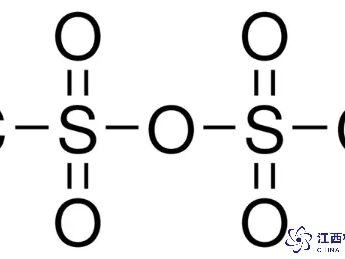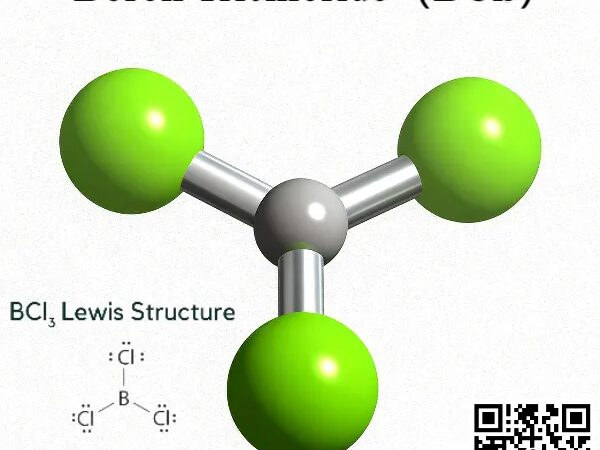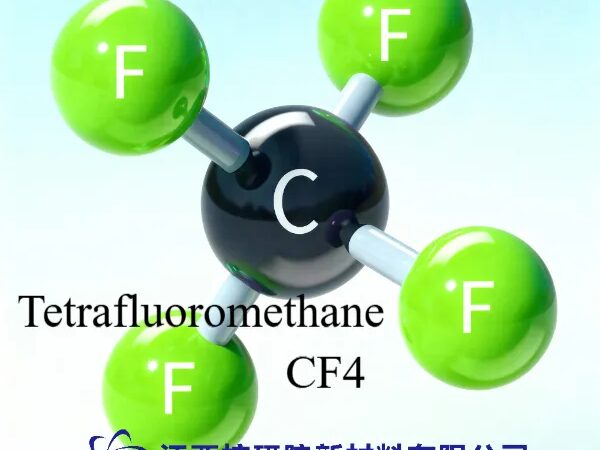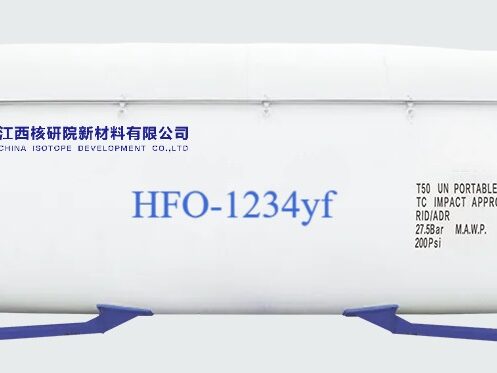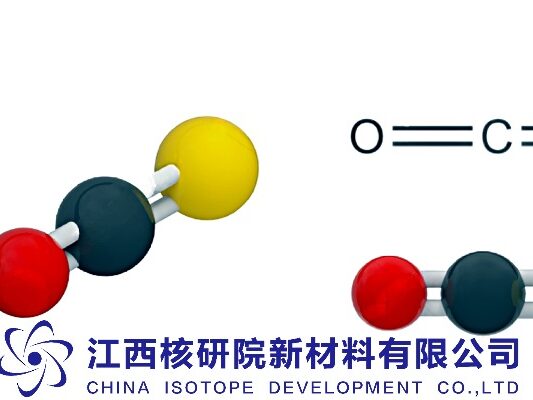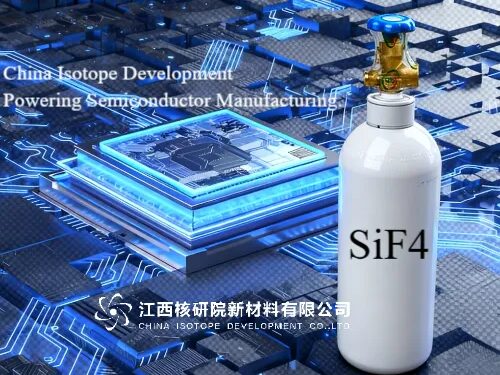Trifluormethanesulfonic Anhydride(Tf2O): Essential Catalyst for Peptide Protection and Tamiflu-Like Drug Development
Trifluormethanesulfonic Anhydride(Tf2O): Essential Catalyst for Peptide Protection and Tamiflu-Like Drug Development BY Tao, Published Dec 3, 2025 Introduction: The Hidden Engine of Modern Pharmaceuticals In my thirty years navigating the complex landscape of fluorochemistry, I have witnessed the evolution of pharmaceutical synthesis from a process of trial-and-error to an era of atomic precision. Among…

